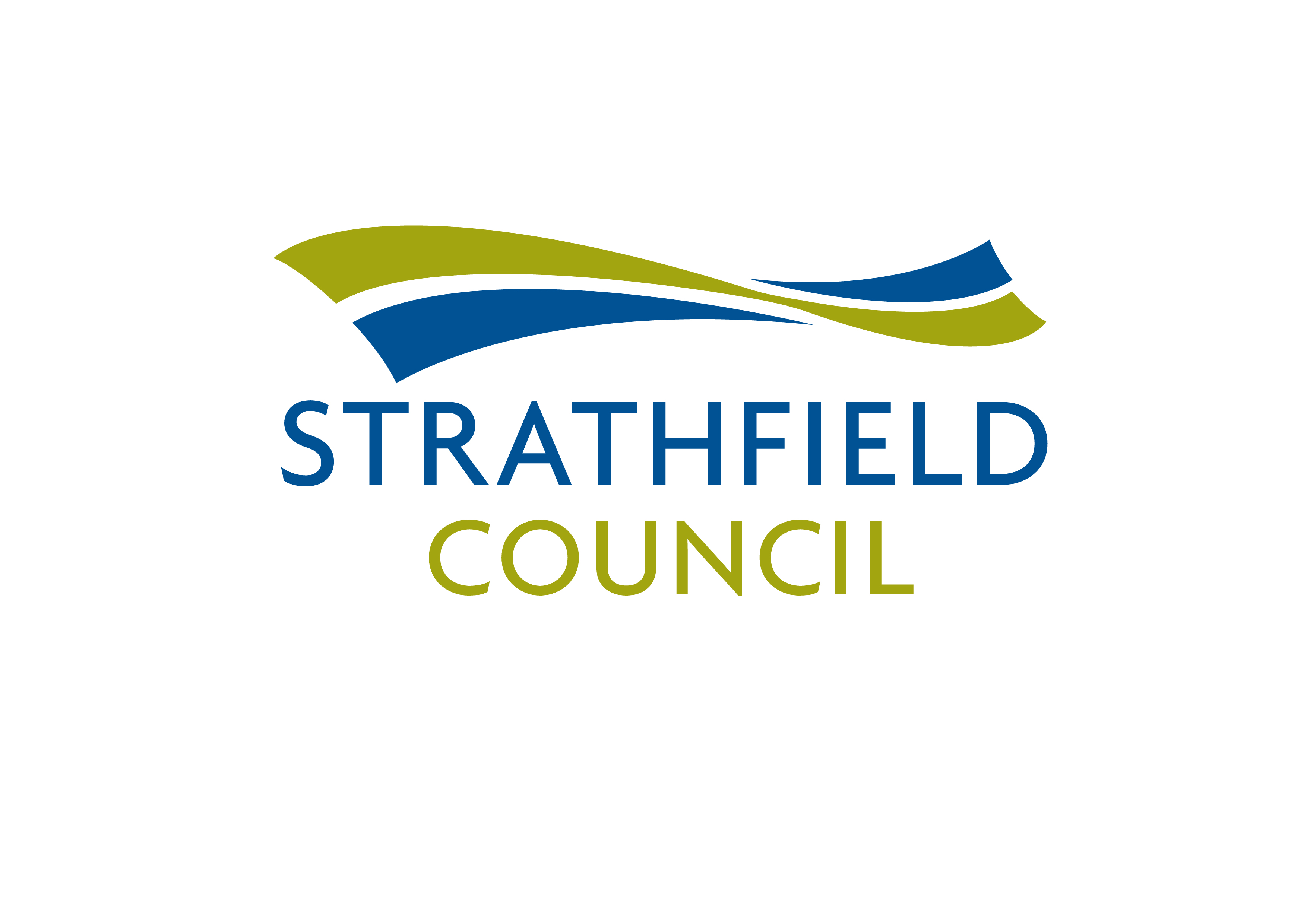Information
Mobile Food Business Details
-
Inspection Conducted on:
-
Trading Name of Mobile Food Business:
-
Trading Address of Mobile Food Business:
-
Vehicle Registration No.:
-
Mailing Address (Address of Proprietor - home address or registered office of company):
-
ABN/ACN No.:
-
Proprietor / Company Name:
-
Email Address:
-
Phone number:
-
Food Safety Supervisor:
-
FSS Expiry date
Inspection Details and Result
-
Inspection type:
-
Food Risk Rading
-
Inspection Result:<br>Note: All assessment items marked as 'NO' must be addressed by the specified timeframe.<br>Items with timeframes of 24 or 48 hours have the potential to significantly impact food safety and should be<br>addressed as a priority.
-
Further Action Required:
- No further action
- Reinspection required
- Email photos to demonstrate compliance to erin.hogan@strathfield.nsw.gov.au
-
Prepared by Erin Hogan - Ph: 9748 9625 Email: erin.hogan@strathfield.nsw.gov.au
I have read this report and understand the contents.
-
Proprietor/Employee Name and Signature
1. Construction and Operation
-
1.1) The vehicle's design and layout is appropriate for the intended use
-
1.2) Driving compartment is separate to food area (recommended)
-
1.3) Floors are impervious and easy to clean
-
1.4) Construction and finish of wall and ceiling surfaces are satisfactory
-
1.5) Cupboards and counter surfaces are satisfactory
-
1.6) Design of cupboards and counters facilities easy to clean underneath and behind
-
1.7) Openings are protected to minimise entry of dust, pests and other contaminants
-
1.8) Adequate supply of potable water is available in the vehicle.<br>Note: 'adequate' means enough potable water to ensure effective hand and utensil washing.
-
1.9) The vehicle has an accessible hand wash basin at all times
-
1.10) The vehicle has liquid soap, single-use towels and warm water available at the hand wash basin(s)
-
1.11) Ventilation is sufficient to remove fumes, smoke, steam and vapours
-
1.12) Artificial lighting is adequate
-
1.13) Waste disposal systems are satisfactory
-
1.14) The vehicle and equipment are in a good state of repair and working order
2. General Food Safety Requirments
-
2.1) Food is obtained from reputable suppliers
-
2.2) Food is protected from contamination during transport
-
2.3) Food is packaged in a manner and using materials that protects it from contamination
-
2.4) Potentially hazardous foods are only received at the correct temperature and within date coding
-
2.5) Raw food is stored separately from prepared or ready-to-eat food
-
2.6) The refrigerator or microwave oven is used when thawing frozen food
-
2.7) Cold, ready-to-eat, potentially hazardous food is stored at or below 5°C
-
2.8) Hot, ready-to-eat, potentially hazardous food is stored at or above 60°C
-
2.9) Frozen food to be kept frozen is stored frozen
-
2.10) Raw food is handled so as not to contaminate ready-to-eat food. Separate utensils are used during food processing (eg. The utensils used for preparing raw meat are not used for preparing cooked meat or vegetables)
-
2.11) When cooling cooked, potentially hazardous food, it is cooled:<br>- From 60°C to 21°C within two hours, and<br>- From 21°C to 5°C within a further four hours
-
2.12) When heating potentially hazardous food , it is rapidly heated to 60°C or higher
-
2.13) Potentially hazardous food is kept under temperature control
-
2.14) There is a thermometer available where potentially hazardous food is handled (eg. Probe type accurate to +/- 1 degree Celsius), and regular temperature checks are made
-
2.15) Chemicals are kept away from food handling areas
-
2.16) Food handling areas are kept free from dirt, dust, flies, pests and other contaminants
-
2.17) The hand wash facility is only used for hand washing
-
2.18) Administrative items and personal items are stored away from food
3. Food Handler Hygiene
-
3.1) Staff have appropriate food safety skills and knowledge
-
3.2) Food handlers have been informed of their health and hygiene obligations
-
3.3) Staff who are suffering from Foodborne illness are to be excluded from food handling until a medical clearance has been obtained
-
3.4) Staff wear clean clothing and have hygienic habits
-
3.5) Food handlers wash their hands adequately and at appropriate times
-
3.6) Food handlers are not contaminating food
4. Cleaning and Maintenance
-
4.1) Floor, wall, ceiling, fixtures, fitting, equipment are maintained in a clean condition
-
4.2) Re-useable eating and drinking utensils are cleaned and sanitised before each use
-
4.3) Food contact surfaces of benches and equipment are sanitised before use and as requred
-
4.4) The vehicle and equipment are kept in a good state of repair and working order
-
4.5) Containers for waste have close fitting lids and are removed at least daily or as required
-
4.6) The vehicle is free from animals and pests. It is recommended that a regular pest control program be used
-
4.7) Appropriate SafeWork NSW requirements are met (i.e fire safety, electrical and gas)














